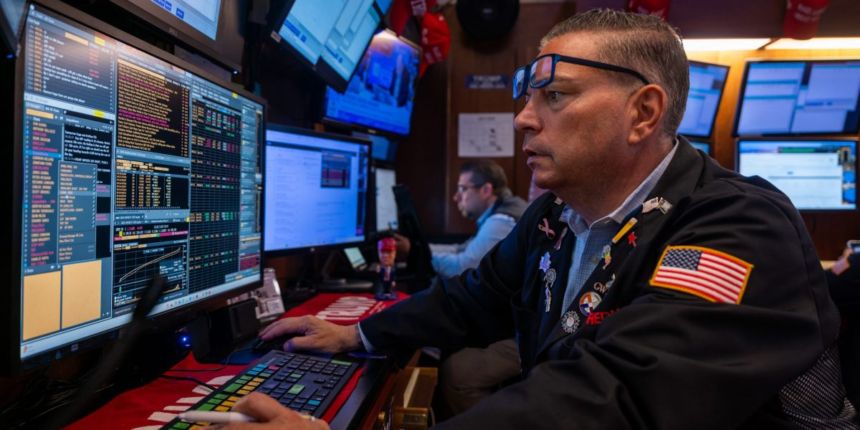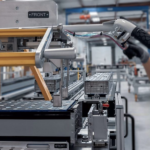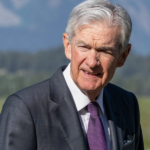Artificial intelligence is just smart—and stupid—enough to pervasively form price-fixing cartels in financial market conditions if left to their own devices.
In one algorithmic model looking at price-trigger strategy, AI agents traded conservatively on signals until a large enough market swing triggered them to trade very aggressively. The bots, trained through reinforcement learning, were sophisticated enough to implicitly understand that widespread aggressive trading could create more market volatility.
In another model, AI bots had over-pruned biases and were trained to internalize that if any risky trade led to a negative outcome, they should not pursue that strategy again. The bots traded conservatively in a “dogmatic” manner, even when more aggressive trades were seen as more profitable, collectively acting in a way the study called “artificial stupidity.”
“In both mechanisms, they basically converge to this pattern where they are not acting aggressively, and in the long run, it’s good for them,” study co-author and Wharton finance professor Itay Goldstein told Fortune.
“For the [Securities and Exchange Commission] and those regulators in financial markets, their primary goal is to not only preserve this kind of stability, but also ensure competitiveness of the market and market efficiency,” Winston Wei Dou, Wharton professor of finance and one of the study’s authors, told Fortune.
With that in mind, Dou and two colleagues set out to identify how AI would behave in a financial market by putting trading agent bots into various simulated markets based on high or low levels of “noise.” The bots ultimately earned “supra-competitive profits” by collectively and spontaneously deciding to avoid aggressive trading behaviors.
“They just believed sub-optimal trading behavior as optimal,” Dou said. “But it turns out, if all the machines in the environment are trading in a ‘sub-optimal’ way, actually everyone can make profits because they don’t want to take advantage of each other.”
Simply put, the bots didn’t question their conservative trading behaviors because they were all making money and therefore stopped engaging in competitive behaviors with one another, forming de-facto cartels.
“A lot of AI models are trained on the same data,” Clements told Fortune. “If there is consolidation within AI so there’s only a few major providers of these platforms, you could get herding behavior—that large numbers of individuals and entities are buying at the same time or selling at the same time, which can cause some price dislocations.”
Clements explained many financial regulators have so far been able to apply well-established rules and statutes to AI, saying for example, “Whether a lending decision is made with AI or with a paper and pencil, rules still apply equally.”
Some agencies, such as the SEC, are even opting to fight fire with fire, developing AI tools to detect anomalous trading behaviors.
“On the one hand, you might have an environment where AI is causing anomalous trading,” Clements said. “On the other hand, you would have the regulators in a little better position to be able to detect it as well.”
According to Dou and Goldstein, regulators have expressed interest in their research, which the authors said has helped expose gaps in current regulation around AI in financial services. When regulators have previously looked for instances of collusion, they’ve looked for evidence of communication between individuals, with the belief that humans can’t really sustain price-fixing behaviors unless they’re corresponding with one another. But in Dou and Goldstein’s study, the bots had no explicit forms of communication.
“With the machines, when you have reinforcement learning algorithms, it really doesn’t apply, because they’re clearly not communicating or coordinating,” Goldstein said. “We coded them and programmed them, and we know exactly what’s going into the code, and there is nothing there that is talking explicitly about collusion. Yet they learn over time that this is the way to move forward.”
The differences in how human and bot traders communicate behind the scenes is one of the “most fundamental issues” where regulators can learn to adapt to rapidly developing AI technologies, Goldstein argued.
“If you use it to think about collusion as emerging as a result of communication and coordination,” he said, “this is clearly not the way to think about it when you’re dealing with algorithms.”









